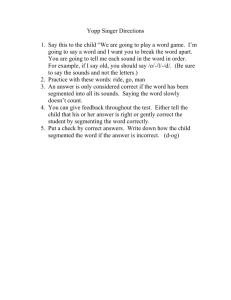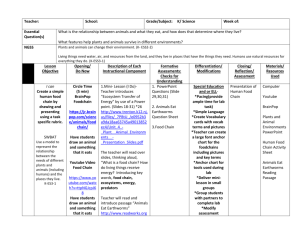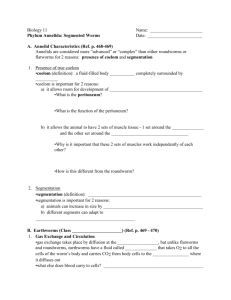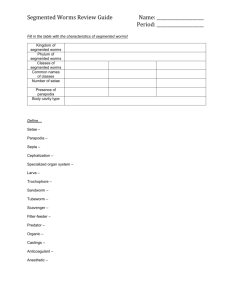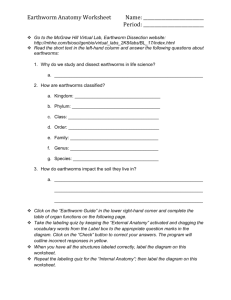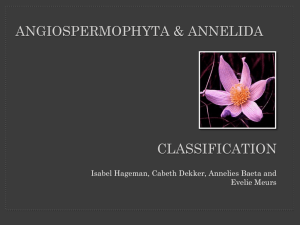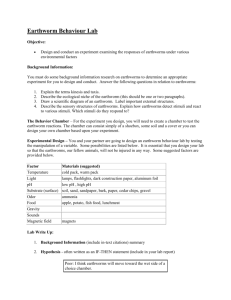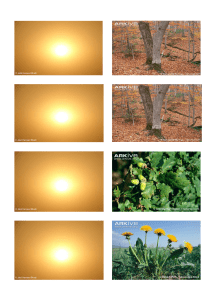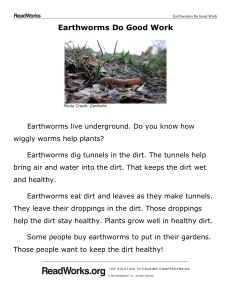Annelids Notes
advertisement
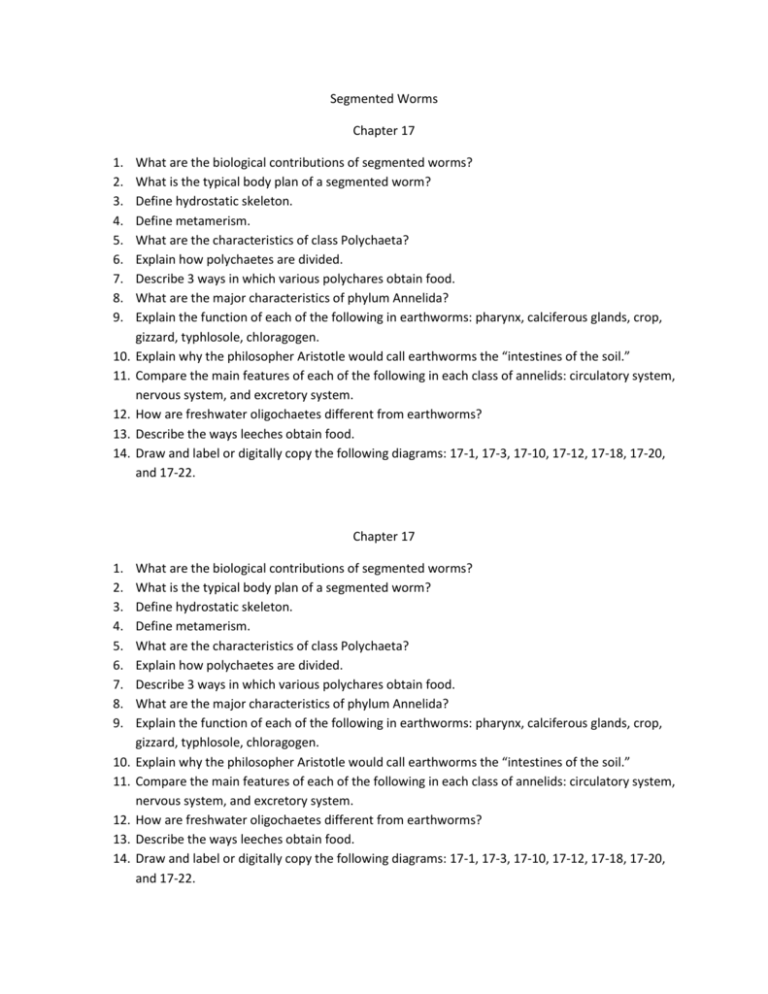
Segmented Worms Chapter 17 1. 2. 3. 4. 5. 6. 7. 8. 9. 10. 11. 12. 13. 14. What are the biological contributions of segmented worms? What is the typical body plan of a segmented worm? Define hydrostatic skeleton. Define metamerism. What are the characteristics of class Polychaeta? Explain how polychaetes are divided. Describe 3 ways in which various polychares obtain food. What are the major characteristics of phylum Annelida? Explain the function of each of the following in earthworms: pharynx, calciferous glands, crop, gizzard, typhlosole, chloragogen. Explain why the philosopher Aristotle would call earthworms the “intestines of the soil.” Compare the main features of each of the following in each class of annelids: circulatory system, nervous system, and excretory system. How are freshwater oligochaetes different from earthworms? Describe the ways leeches obtain food. Draw and label or digitally copy the following diagrams: 17-1, 17-3, 17-10, 17-12, 17-18, 17-20, and 17-22. Chapter 17 1. 2. 3. 4. 5. 6. 7. 8. 9. 10. 11. 12. 13. 14. What are the biological contributions of segmented worms? What is the typical body plan of a segmented worm? Define hydrostatic skeleton. Define metamerism. What are the characteristics of class Polychaeta? Explain how polychaetes are divided. Describe 3 ways in which various polychares obtain food. What are the major characteristics of phylum Annelida? Explain the function of each of the following in earthworms: pharynx, calciferous glands, crop, gizzard, typhlosole, chloragogen. Explain why the philosopher Aristotle would call earthworms the “intestines of the soil.” Compare the main features of each of the following in each class of annelids: circulatory system, nervous system, and excretory system. How are freshwater oligochaetes different from earthworms? Describe the ways leeches obtain food. Draw and label or digitally copy the following diagrams: 17-1, 17-3, 17-10, 17-12, 17-18, 17-20, and 17-22.
